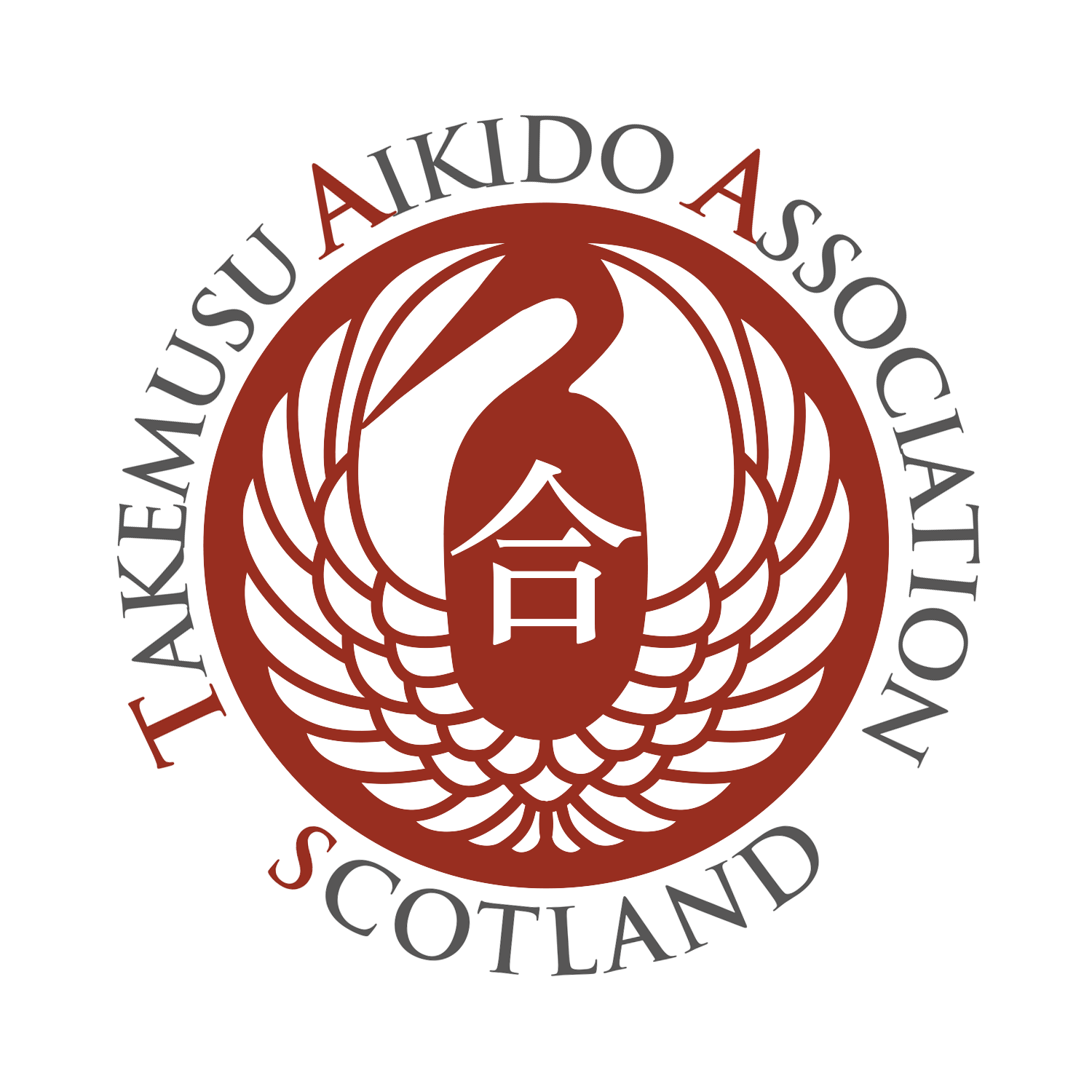
Aikido is a modern Japanese martial art created in the early 20th century by Morihei Ueshiba (1883–1969), who is respectfully known by practitioners as Ōsensei, meaning Great Teacher. Unlike many traditional combat systems, which emphasise dominance and defeat of an opponent, Aikido was shaped around an entirely different vision: the blending of physical technique with spiritual harmony.
The Roots of Aikido
Morihei Ueshiba was born in Tanabe, a coastal town in Wakayama Prefecture, Japan. From a young age, he showed both physical determination and deep curiosity about spirituality. His martial path was not confined to a single system: he trained in jujutsu, kenjutsu (swordsmanship), and the classical art of Daitō-ryū Aiki-jūjutsu, which strongly influenced the early structure of Aikido techniques.
At the same time, Ueshiba pursued spiritual practice, most notably through the Ōmoto-kyō movement, a Shinto-inspired faith that emphasised peace, purification, and unity. This dual devotion—to martial discipline and to spiritual cultivation—would later define Aikido as both a physical art and a philosophy of life.
Transformation of Martial Technique
In the 1920s and 1930s, Ueshiba was already known as a formidable martial artist. Yet through profound personal experiences—moments he described as spiritual awakenings—his approach to combat shifted dramatically. He began to see martial practice not as a way to injure or overpower others, but as a means to neutralise aggression without causing unnecessary harm.
This was revolutionary in martial culture. Rather than meeting force with greater force, Ueshiba taught that one should blend with an attacker’s movement, redirect energy, and use precise timing and positioning to bring conflict to resolution. This transformation marked the birth of what he would later name Aikido.
The Meaning of Aikido
The word Aikido is composed of three Japanese characters:
- Ai (合) – harmony, unification
- Ki (気) – energy, spirit, life force
- Dō (道) – the way, or path
Together, Aikido means “the Way of Harmonising Energy.” This name reflects not only the technical principles of blending and redirection, but also the philosophical aim of cultivating peace and mutual respect, even in situations of conflict.
Iwama and the Maturation of the Art
During the Second World War, Ueshiba relocated to Iwama, a rural area of Ibaraki Prefecture. There, he built both a training hall (the Iwama Dōjō) and the Aiki Shrine, which became the spiritual home of Aikido. It was in Iwama that the art matured: daily farming life, physical practice, and spiritual discipline combined into a holistic expression of Aikido as both a martial and ethical practice.
The Spread of Aikido
After the war, Japan entered a period of rebuilding, and Aikido began to spread beyond Ueshiba’s immediate circle. In 1948, the Aikikai Foundation was formally established in Tokyo as the central organisation for promoting the art. Ueshiba’s son, Kisshomaru Ueshiba, later became the second Dōshu (hereditary head of Aikido), continuing his father’s work of refining and globalising the discipline.
From the 1950s onwards, Aikido instructors carried the art abroad, first to the United States, France, and the United Kingdom, and later to countries across Asia, Africa, and South America. Today, Aikido is practiced in more than 140 countries, with millions of practitioners following different lineages, all rooted in Ōsensei’s vision.
A Living Legacy
Ōsensei passed away in 1969, but his vision continues through the Aikikai Hombu Dōjō in Tokyo and countless dojos worldwide. Aikido remains unique among martial arts: its techniques are effective for self-defence, yet its philosophy urges practitioners to transform conflict into harmony, and to see martial training as a path of personal growth.
For students of Aikido, training is not only about mastering throws or pins—it is about cultivating calmness under pressure, respect for others, and a spirit of reconciliation. In this way, Aikido is both a martial discipline and a way of life.

